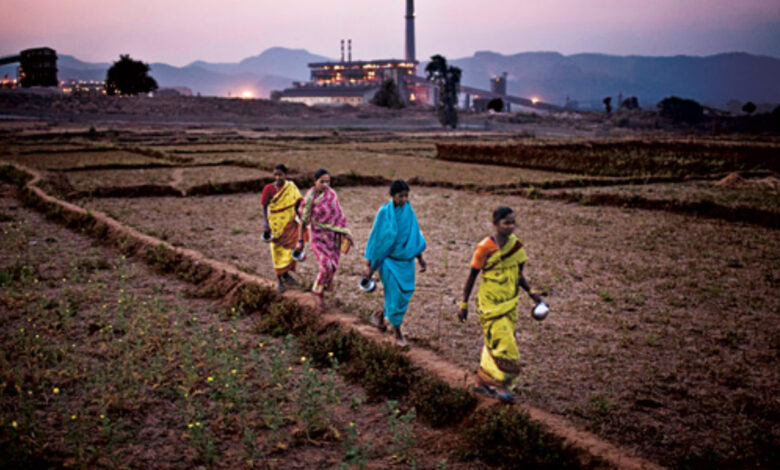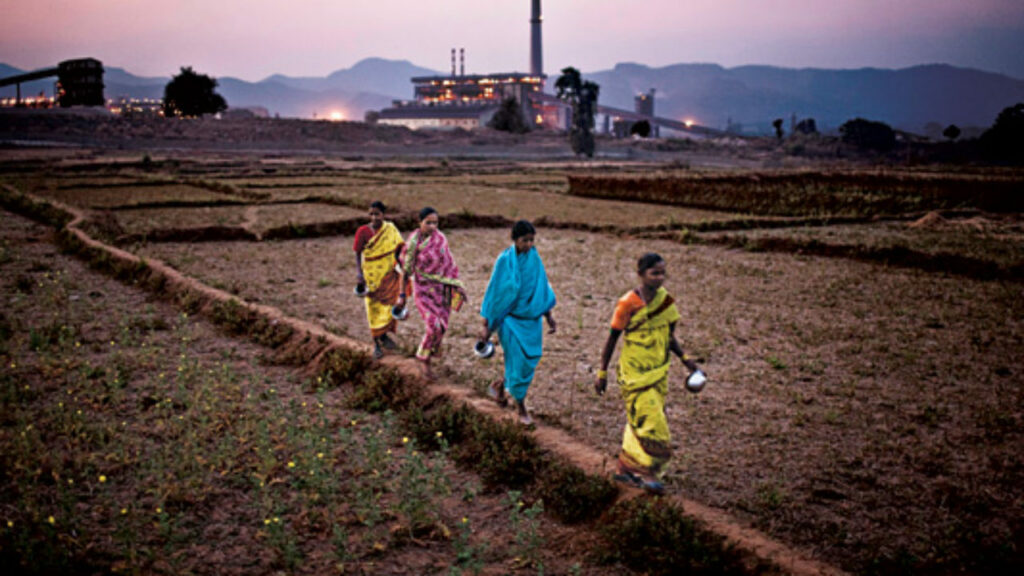Farmers In India Are Getting Only 30% Of The Price We Pay For Fruits, Vegetables – Trak.in

A recent research paper published by the Reserve Bank of India (RBI) on food inflation reveals that the Indian farmers receive only about one-third of the final selling price of fruits and vegetables.

Farmers Getting Paid 1/3rd Of The Vegetable Prices Consumer Pay
It appears that the remaining amount goes largely to wholesalers and retailers.
But the picture is totally different in the dairy sector as there farmers almost get around 70% of the final price.
Similarly, egg producers also receive about 75% of the final price.
In the case of staple items such as tomatoes, onions, and potatoes, farmers get about 33%, 36%, and 37% of the consumer price, respectively, revealed by the study.
When it comes to the fruits, the farmers earn 31% of the final price for bananas, 35% for grapes, and 43% for mangoes on the domestic market.
In the case of fruit export it’s different, for instance the share for mangoes increases, but for grapes, it decreases, even if the overall price is higher.
How To Prevent The Price Spikes?
The price spikes can be forecasted using a “balance sheet approach,” said Ashok Gulati, the Economist, co-author of the study.
In order to prevent these spikes, the research suggests several measures including expanding private markets, enhancing the use of the e-NAM platform, promoting farmer collectives, and relaunching futures trading.
The study further recommends building cold storage facilities, encouraging solar-powered storage, increasing processing capacities, and promoting consumer awareness of processed products.
Besides this they also advise adjusting trade policies so the prices can be stabilized for short-term.
They suggest improving productivity, enhancing storage and marketing efficiencies, and integrating digital platforms like e-NAM for the Long-term measures.
In the case of dairy and poultry, the study advises creating a feed bank, utilizing barren lands for grass cultivation, and promoting artificial insemination to boost livestock productivity.
Similarly, recommendations include improving the supply chain, expanding processing and exports, using crop insurance, adjusting import duties, and leveraging digital tools to track supply and manage price fluctuations for fruits.






